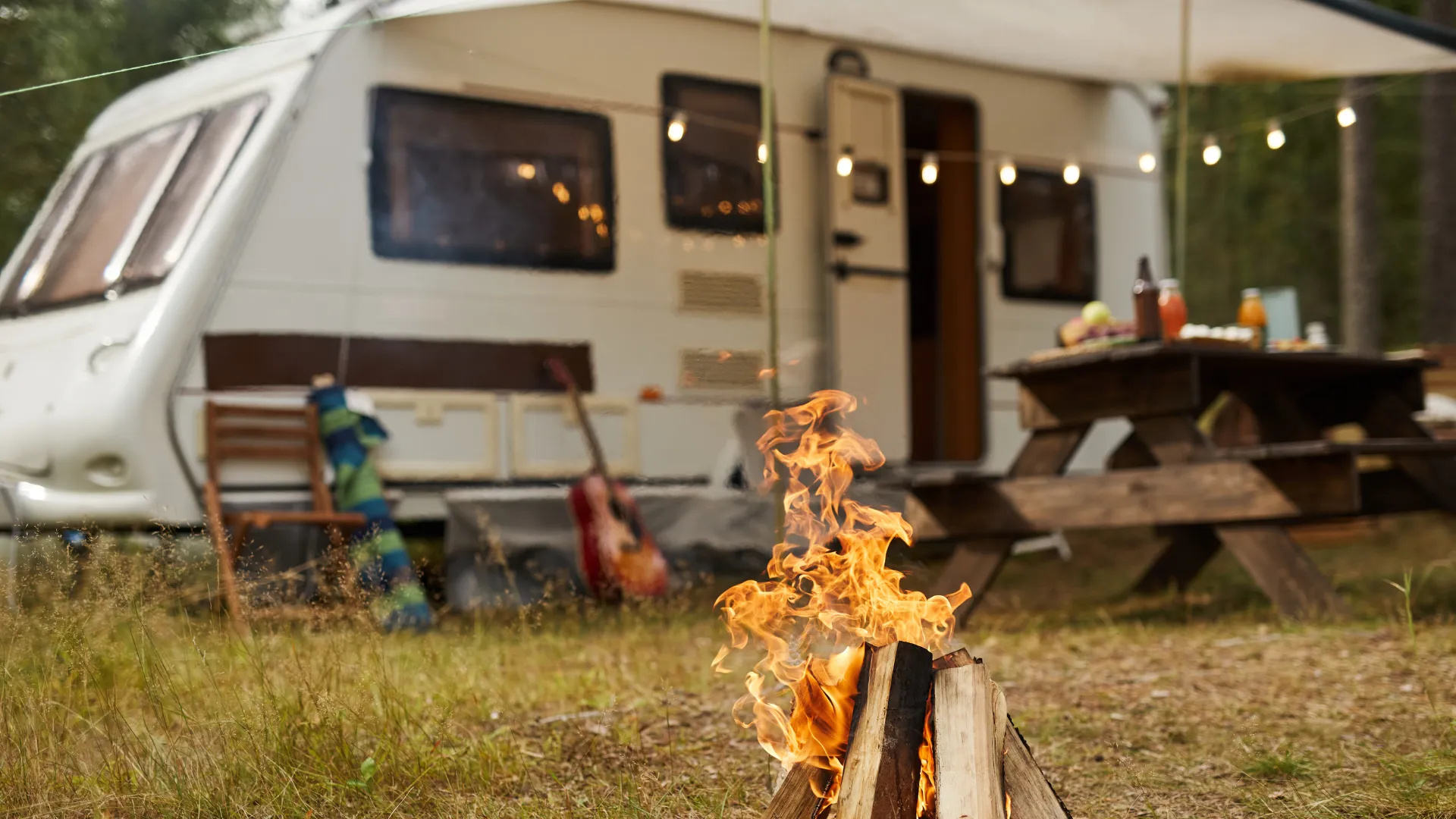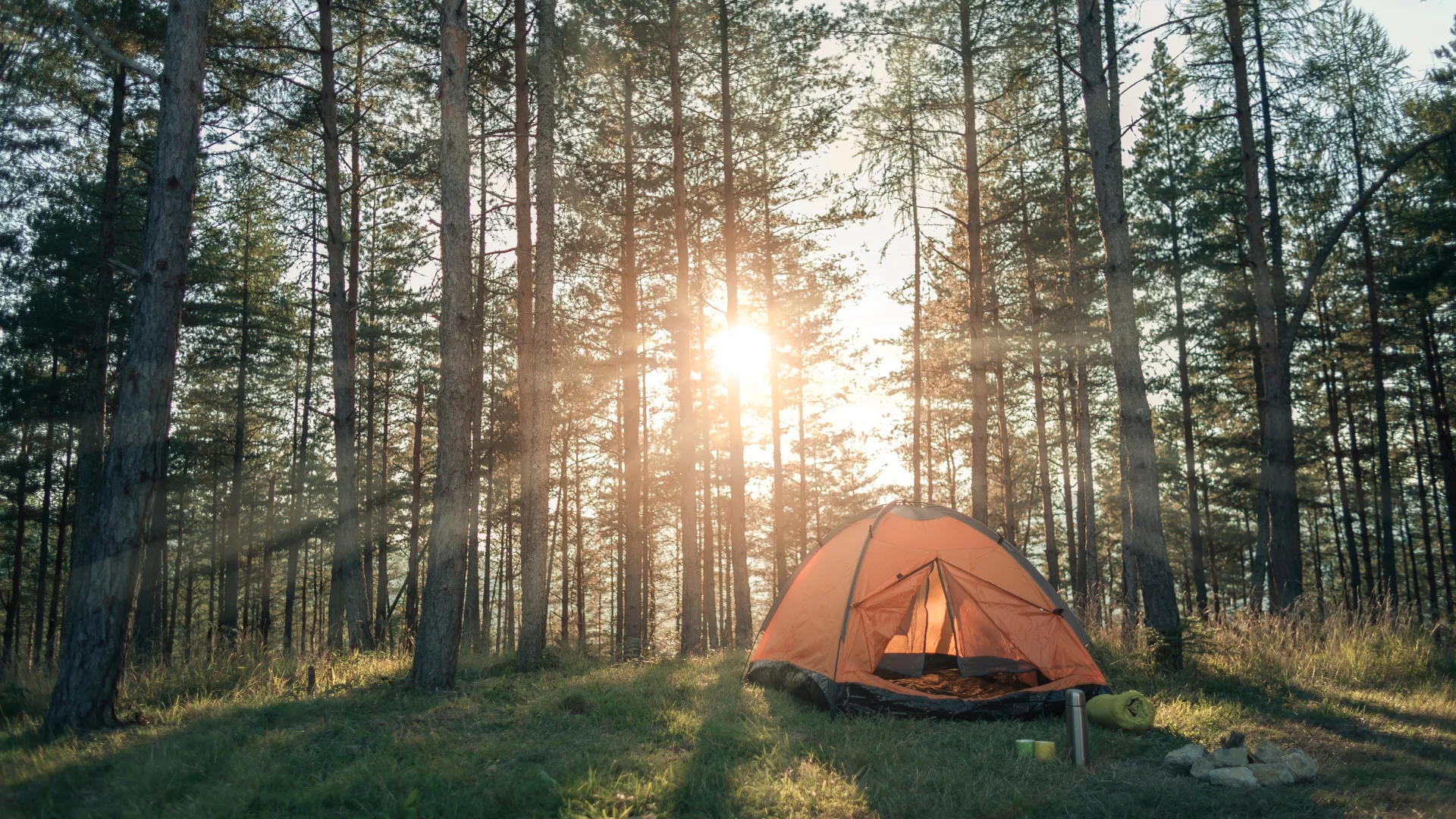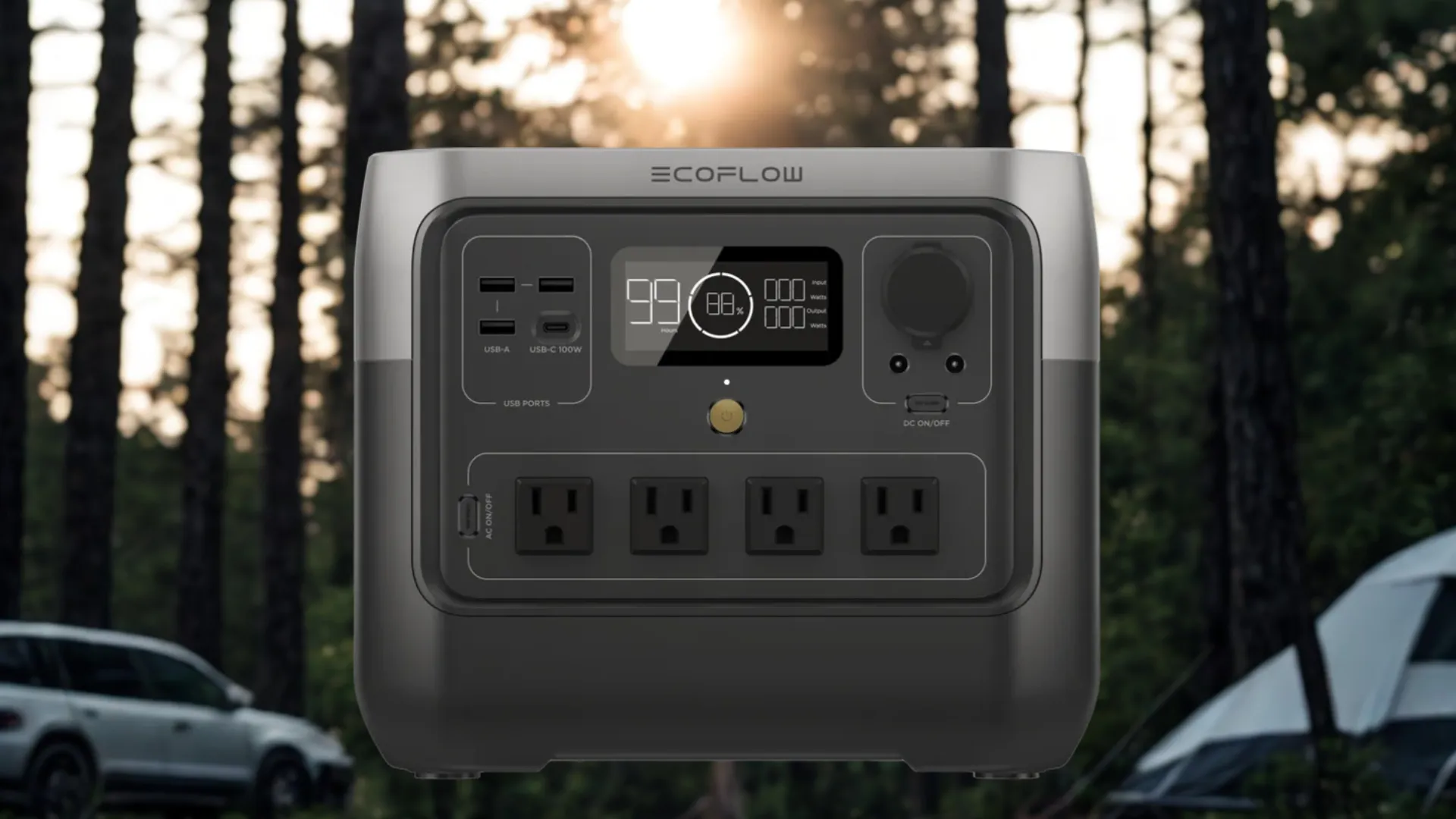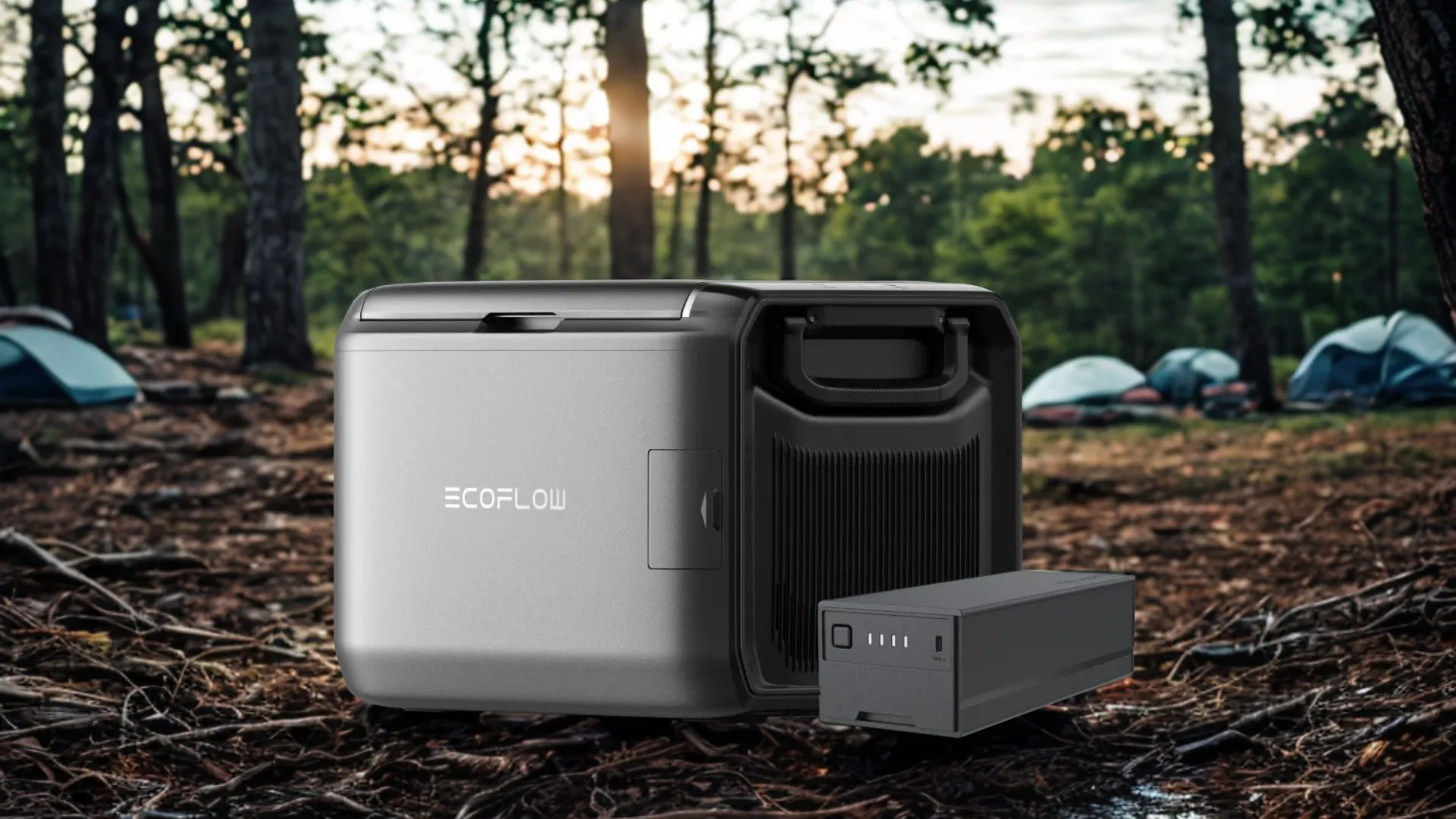Your Ultimate Camping Checklist for 2025
Taking a break in the great outdoors is one of the best ways to recharge, but a smooth, enjoyable trip doesn’t happen by chance, it starts with good planning. Having the right setups can turn a good trip into a great one. In 2025, camping blends the charm of traditional outdoor living with modern comforts and eco-friendly technology. This handy checklist will help you pack smart so your next trip is smooth, relaxing and full of great memories.
4 Popular Types of Summer Camping
Before you start packing, know your camping style. This determines the camping necessities you should prepare and the kind of experience you're looking for.
Tent Camping
Tent camping is a classic way to enjoy the outdoors, whether you’re at a serviced site or deep in a remote campsite. You can keep it simple with a small tent or go roomy for family trips. It’s affordable, adaptable, and offers a balance between comfort and immersion in nature.
Car Camping
Unlike tent camping, which often involves carrying gear to your site, car camping lets you park right at your site, making it more comfortable and convenient. With room for extra gear, better meals, and quick shelter in bad weather, it’s ideal for families, short trips, and road-trip adventures.
RV or Van Camping
Think of this as camping with a moving cabin. This “home on wheels” style delivers comfort on the road, having comfortable beds, kitchen, even temperature control. Staying at RV parks makes longer trips easy, and you can wake up to a different view every morning, enjoying both the journey and the destination.


Backcountry or Wilderness Camping
Backcountry camping requires serious preparation. If you want to explore unique landscapes and put your wilderness skills to the test, this is the purest way to experience the wild. You’ll need to carry all essentials on your back, camp far from roads, and rely on your own preparation. Challenging as it is but the experience is deeply rewarding, you get to explore scenery few ever see.
Camping Packing Lists for Every Style
Knowing your camping style makes it easier to choose the right gear. Use this checklist to get started.
Tent Camping Packing List
This list covers the essentials for what to bring when tent camping, where you carry your gear a short distance from your car to the campsite. The focus is on practicality, portability, and the basics you need.
Shelter & Sleep: A tent that’s easy to pitch, along with sleeping bags, sleeping pads, and a ground tarp to keep moisture out.
Trailside Kitchen: A compact single-burner stove, fuel, a lightweight cookset (pot/bowl/cup), and non-perishable food.
Light & Fire: A headlamp, a campsite lantern, a lighter or matches, and fire starters.
Safety & Tools: A comprehensive first-aid kit, a multi-tool, sunscreen, bug repellent, a map and compass for direction.
Power Bank: A compact power bank for charging your phone and other small devices.


Car Camping Essentials Checklist
Your vehicle acts as a mobile base camp, so this checklist focuses on gear that adds comfort and convenience, making your outdoor adventure a little more enjoyable and easier.
Sleep Gear: If you don't want to sleep in the car, an extra spacious tent and bedding items are needed.
Expanded Kitchen: A multi-burner stove, a large cooler, a folding table, and a full set of cookware and dishes.
Campground Living: Comfortable camp chairs, a hammock, a portable speaker, and an outdoor mat.
Power & Convenience: A high-capacity portable power station to run a coffee maker, fan, or electric air pump.
RV Camping Packing List
Your RV already covers most of the basics, so this list focuses on the extra gear you’ll need for campsite hookups, outdoor living, and backup solutions.
Utility Hookups: A dedicated water hose, electrical cord, surge protector, and levelling blocks to ensure a stable and functional setup.
Outdoor Expansion: A portable grill, a patio mat, an awning, and additional folding tables and chairs to expand your living space outdoors.
Living & Maintenance: A full set of pots and pans, cleaning supplies, and a basic toolkit for minor repairs.
Backup Power: A portable generator or portable power station for reliable electricity when you're not at a powered site or in case of an outage.
Backcountry or Wilderness Camping Gear List
This camping checklist is for those heading deep into nature, prioritizing lightweight, durable, and multi-functional gear that is essential for survival on the trail.
Minimalist Shelter: An ultralight backpacking tent or tarp, a sleeping bag with a temperature rating suitable for the climate, and an inflatable sleeping pad to save weight.
Cooking: A single-burner micro-stove, fuel canisters, a versatile cooking pot, and high-energy dehydrated meals.
Water & Navigation: A water filter or purification tablets, a topographic map, a compass, and a GPS device for reliable navigation.
Survival Tools: A sturdy camp knife, waterproof matches or a lighter, and a first-aid kit designed for remote use.
Essential Power: A small, rugged power bank to keep your critical electronics, like a headlamp or GPS charged.
Elevate Your Trip: EcoFlow's Game-Changing Gear
For campers who can bring extra gear and want added comfort, two tech items can take your adventure to the next level: the EcoFlow RIVER 2 Pro Portable Power Station and the EcoFlow GLACIER Classic Portable Fridge Freezer. They let you do more, stay longer, and enjoy peace of mind on any trip.
EcoFlow RIVER 2 Pro Portable Power Station
The EcoFlow RIVER 2 Pro is a reliable and versatile power station designed to keep you connected and comfortable outdoors. Its compact, portable design makes it easy to bring along on any trip.
With a 768Wh capacity, the RIVER 2 Pro Portable Power Station can power all your essential camping gear. It can run a mini-fridge, charge multiple phones and laptops, inflate an air mattress, and even power a portable projector for movie nights — making it perfect for car or RV camping. Weighing just 17.2 lbs and featuring an integrated handle, it’s easy to carry from your vehicle to your campsite without being a burden.


One standout feature is its fast charging. The RIVER 2 Pro can be fully charged from 0% to 100% in just 70 minutes, meaning you can power up quickly before heading out. It also supports multiple charging options, including AC charging, car charging, and solar panels, allowing you to stay off-grid longer. This versatility makes it an essential companion for campers who want the comforts of home while exploring the wilderness.
EcoFlow GLACIER Classic Portable Fridge Freezer
Relying on ice to keep your food cold can be messy and frustrating on a camping trip. The EcoFlow GLACIER Classic Portable Fridge Freezer keeps everything fresh and drinks ice-cold without the hassle.
This genuine portable fridge and freezer features a dual-zone design, letting you freeze items on one side and refrigerate on the other, with a temperature range from -20°C to 20°C (approx. -4°F to 68°F). With space for up to 90 soda cans (55L), it provides plenty of room for all your food and drinks while camping.
Perfect on the road and RV camping, it runs on its integrated battery for up to 43 hours on a single charge. For longer trips, you can recharge it via your car, solar panels, or a portable power station. Its efficient cooling and portability make it a reliable companion for any adventure.
What Not to Bring Camping
Packing smart also means knowing what to leave at home. The following items should be removed from your camping checklist to save space, reduce waste, and make your experience more enjoyable.
Fragile or Bulky Electronics
Leave items like game consoles and large speakers at home. The wilderness can be rough on electronics, camping is a perfect opportunity to connect with nature and take a break from technology.
Glass Bottles
Glass is heavy and can break easily, creating dangerous shards that are hard to clean up in nature. Instead, choose lightweight, durable alternatives like cans, plastic containers, or stainless steel items.
Scented Items
Strong-smelling toiletries, perfumes, or scented candles can attract wildlife. Keep necessary items like toothpaste and deodorant in sealed containers.
Excessive Clothing or Footwear
Pack smart, not heavy. Packing your entire closet will weigh you down and take up valuable space. Pack adaptable, quick-dry clothes that serve multiple purposes.
Expensive Jewelry or Valuables
Leave your favorite watch, necklace, or other valuables at home to avoid the risk of loss, damage, or having them stolen. Focus on the experience, not on guarding your belongings.
Fireworks or Prohibited Items
Always follow the rules of the campsite or park. Many have strict regulations against fireworks and other prohibited items due to safety concerns and wildfire risk.
Overly Processed or Messy Foods
Although you’ll need to bring food on a camping trip,focus on simple, enjoyable meals. Avoid overly processed foods and messy foods that require a lot of cleanup. Instead, choose simple ingredients that are easy to cook and clean up.
What Food to Bring Camping
With a portable fridge like the EcoFlow GLACIER Classic Portable Fridge Freezer, your food options expand significantly. Here's a quick guide to packing your camp kitchen:
Carbs & Staples
Bread, tortillas, oatmeal, pasta, rice, or potatoes are recommended.
Protein Sources
Pre-cooked chicken sausage, marinated steak for grilling, bacon, eggs, and cheese. If you're worried about food storage while camping, the GLACIER's freezer function allows you to bring frozen burgers or steaks for later in the trip.


Fruits & Vegetables
Apples, oranges, bananas, peppers, onions, carrots, and corn are long-lasting and make great nutritious additions to your meals.
Cooking Essentials & Condiments
Salt, pepper, cooking oil, sauces, and a few key spices. Don't forget coffee or tea!
Pro Tips Before You Go Camping
A little extra planning goes a long way. Use these tips to make sure your trip gets off to a smooth start:
Check the Weather Forecast
Be prepared for any conditions. Pack a rain jacket even if the forecast looks clear.
Plan Your Meals in Advance
Decide what to cook for each meal and pre-made ingredients at home. This saves time and reduces waste.
Pack Smart, Not Heavy
Use packing cubes or organized bins to keep your gear tidy. Pack essentials in a way that makes them easy to find, even in the dark.
Arrive Early to Set Up Camp
Arriving in daylight gives you plenty of time to pitch your tent or park your RV and get organized without the stress of working in the dark.
Prepare for Emergencies
Carry a complete first-aid kit, and if you’re heading into remote areas, make sure you have a dependable backup power source. It can keep emergency devices, radios, and GPS charged so you’re prepared for anything.
Camping FAQs
1. How can I charge my phone while camping?
A portable power station can offer multiple USB ports and can wireless charge phones, tablets, and laptops multiple times, so you can stay connected even off-gird.
2. Can you shower while boondocking(camping off-grid without hookups)?
Absolutely. Bring a portable camp shower and heat water on a camp stove. If you have a power station, you can even use a small electric pump for a better shower experience.
3. What are the best beginner-friendly campsites in Canada?
Canada is full of beginner-friendly parks. Many provincial and national parks, like Banff National Park or Algonquin Provincial Park, offer developed campgrounds with amenities like clean water, flush toilets, and fire pits. If it’s your first time camping, choose a site with these amenities to make things easier.
4. How do I keep food cold while camping without a fridge?
The most common method is using a high-quality cooler with block ice or frozen gel packs. For best result, pre-chill the cooler before packing and open it as little as possible. This works best for short trips, since ice will melt and food may get soggy after a day or two.
With the right gear and a little planning, you’re ready to head out. Whether you’re stargazing in the backcountry or enjoying a comfortable family camping trip, a little prep goes a long way for a great adventure.